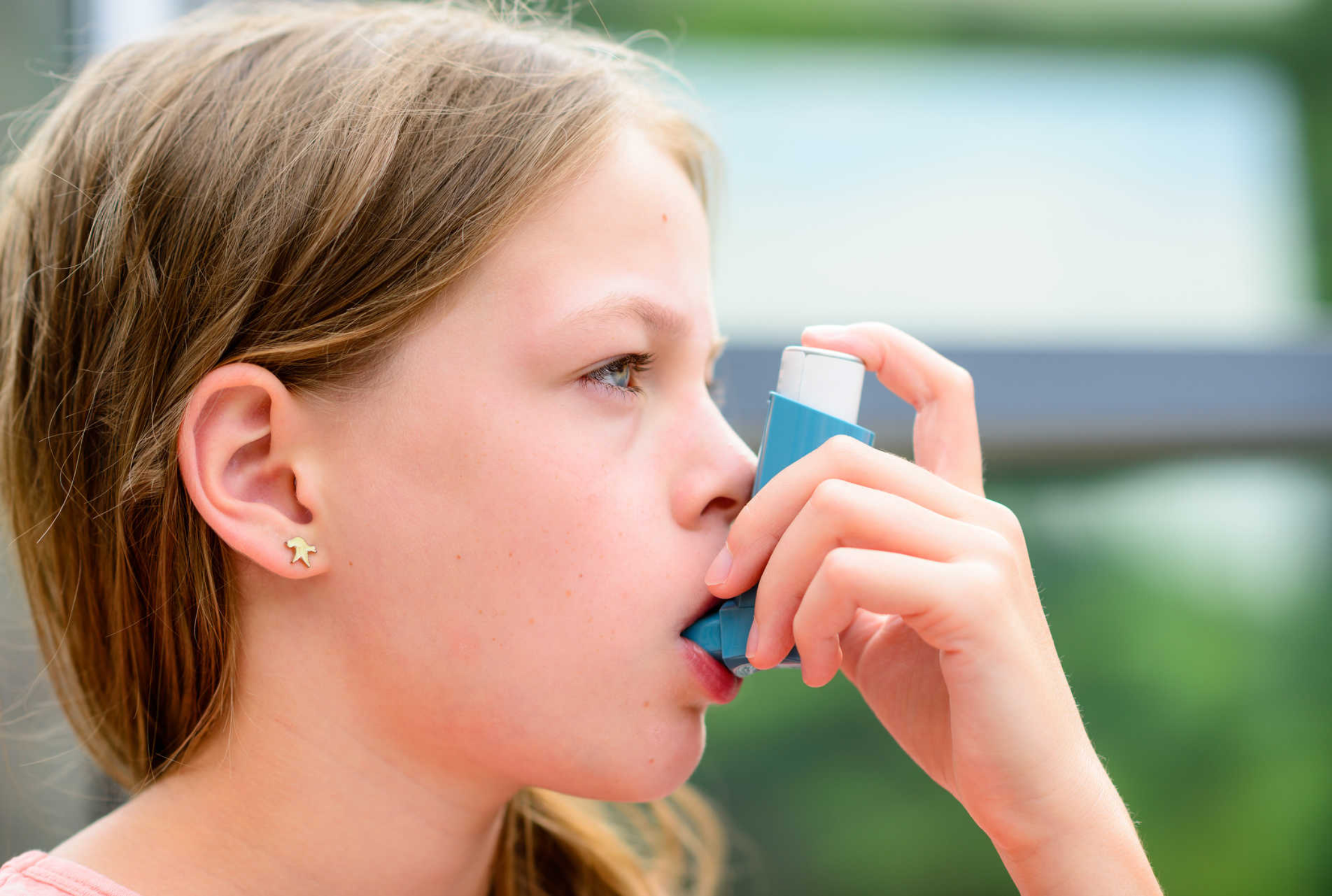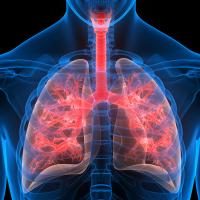Asthma Management
Comprehensive multidisciplinary asthma care is available at our centres. It is recommended that people with asthma see their GP for an asthma review at least once every 6 months.
People with moderate asthma requiring preventative medication should also have a Care Plan in place, and may benefit from input from other Allied Health Professionals, such as a Physiotherapist or an Exercise Physiologist.
What is asthma?
Asthma is a disease of the airways – the breathing tubes that carry air into our lungs. Sometimes it is harder for a person with asthma to breathe in and out, but at other times their breathing is normal. Asthma is a long-term (chronic) disease. Although there is currently no cure, with the right knowledge and good management, most people with asthma can lead full and active lives.
Symptoms of asthma
The most common symptoms of asthma are:
- wheezing – a continuous, high-pitched sound coming from the chest while breathing
- shortness of breath – a feeling of not being able to get enough air
- a feeling of tightness in the chest
- coughing – alongside other symptoms.
You do not need to have all of these symptoms to be diagnosed with asthma. Noisy breathing, such as a rattling sound, is common in healthy babies and preschoolers. This is not the same as wheezing and does not mean the child has asthma.
What causes asthma symptoms?
Many people think they have asthma only when they have asthma symptoms. In fact, the airways are sensitive all the time and most people with asthma have permanently irritated (inflamed) airways when not taking regular preventer treatment. From time to time, the airways tighten or become constricted so there is less space to breathe through, leading to asthma symptoms.
Asthma causes three main changes to the airways inside the lungs, and all these can happen together:
- the thin layer of muscle within the wall of an airway can contract to make it tighter and narrower – reliever medicines work by relaxing these muscles in the airways
- the inside walls of the airways can become swollen, leaving less space inside – preventer medicines work by reducing the inflammation that causes the swelling
- mucus can block the inside of the airways – preventer medicines also reduce mucus.
Asthma symptoms can be triggered by different things for different people. Common triggers include colds and flu, allergies, and cigarette smoke.
Who develops asthma?
Over 2 million Australians have asthma – about 1 in 10 adults and about 1 in 9 or 10 children.
Asthma and allergies are closely linked. Asthma is more common in families with allergies or asthma, but not everyone with asthma has allergies.
Adults of any age can develop asthma, even if they did not have asthma as a child.
Some people have asthma during childhood, but later have very few or no symptoms as adults.
Many preschool children who wheeze do not have asthma by primary school age.
Indoor and outdoor pollution (including moulds, gases, chemicals, particles and cigarette smoke) can increase the risk of developing asthma.
Athletes can develop asthma after very intensive training over several years, especially while breathing air that is polluted, cold or dry
What is an asthma flare up?
An asthma flare-up is when asthma symptoms start up or get worse compared to usual. The symptoms won’t go away by themselves and need treatment. These flare-ups can happen quite quickly (e.g. if you are exposed to smoke) but they can also come on gradually over hours or days (e.g. if you get a cold). The term ‘asthma attack’ is confusing because it means different things to different people – from a bout of wheezing after running for the bus through to being admitted to hospital for asthma. An asthma flare-up can become serious if not treated properly, even in someone whose asthma is usually mild or well controlled. A severe flare-up needs urgent treatment by a doctor or hospital emergency department.
How is asthma diagnosed?
There is no single test for asthma. Doctors make the diagnosis of asthma when a person has breathing symptoms typical of asthma that come and go, and there is also evidence that sometimes air does not flow in and out of their lungs normally. Airflow can vary in healthy people too (e.g. when someone has a cold their lungs may not work as well as usual). But people with asthma have a much bigger difference than healthy people between how their lungs work at their best and at their worst. How well the lungs work (lung function) measured with spirometry. You blow into a tube as forcefully as you can for a few seconds. The spirometer measures the amount of air pushed through the tube, as well as lung capacity and other measurements. Most children over 6 years old can do this asthma test, but is not used for preschool children or adults with certain medical conditions.
If you or your child may have asthma, your doctor will:
- ask about the symptoms
- ask about general health, including whether you (or other family members) have allergies like eczema or hay fever
- do a physical examination (e.g. listen to the chest, check inside the nose)
- consider other possible causes of the symptoms
- arrange a spirometry test (for adults and children aged 6 years and over).
How is asthma managed?
Medicines are essential to manage asthma well. Good asthma care also involves treatment for other health conditions that can affect asthma.
A healthy lifestyle helps people with asthma stay in control of their symptoms and feel well.
Everyone with asthma should have their own written Asthma Action Plan to follow that includes instructions for when they are well and whenever symptoms worsen.
Most adults and adolescents can monitor and manage their own asthma between visits to the doctor using their action plan.
Parents of younger children can also learn how to manage their child’s asthma.
The main aims of asthma treatment are to:
- keep symptoms under control
- prevent flare-ups or ‘attacks’
- keep lungs as healthy as possible
- stop asthma from interfering with school or work
- help you or your child enjoy a full and active life.
What is good asthma control?
Doctors assess recent asthma control by asking about symptoms during the previous 4 weeks.
Adults and adolescents:
- activities are not limited at all by asthma
- no asthma symptoms during the night or on waking up
- daytime symptoms on no more than 2 days per week
- need to take the reliever on no more than 2 days per week (not counting reliever taken before exercise)
- any symptoms go away quickly after using the reliever puffer.
Children:
- fully active and can run, play and laugh without asthma symptoms
- no asthma symptoms during the night (including coughing during sleep) or on waking up
- daytime symptoms on no more than 2 days per week
- need to take the reliever on no more than 2 days per week (not counting reliever taken before exercise)
- any symptoms go away quickly after using the reliever puffer.
Asthma Action Plans
Every adult and child with asthma should have their own, personalised, written asthma action plan prepared with their doctor that includes:
- a list of the person’s usual asthma medicines, including doses
- instructions on what to do when asthma is getting worse (including when to take extra doses or extra medicines, and when to contact a doctor or go to the emergency department)
- what to do in an asthma emergency
Written asthma action plans should be checked and updated at least once a year for adults and once every 6 months for children.
Bring your action plan or your child’s action plan to every visit to your doctor.
Asthma emergencies
When asthma symptoms are not relieved straight away by taking reliever medicine, or symptoms come back within a short time, the person needs immediate help.
It is an emergency if an adult or child has any of these danger signs:
- severe breathing problems
- symptoms get worse very quickly
- reliever has little or no effect
- difficulty saying sentences
- blue lips drowsiness.
Call an ambulance (dial 000) and start asthma first aid.
Reference: Asthma Australia
For more information about Asthma, go to https://www.asthmaaustralia.org.au/tas/home




